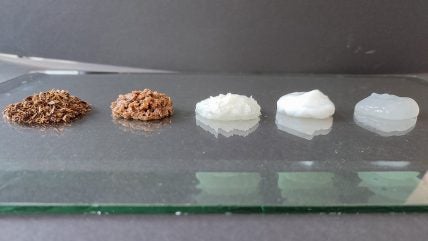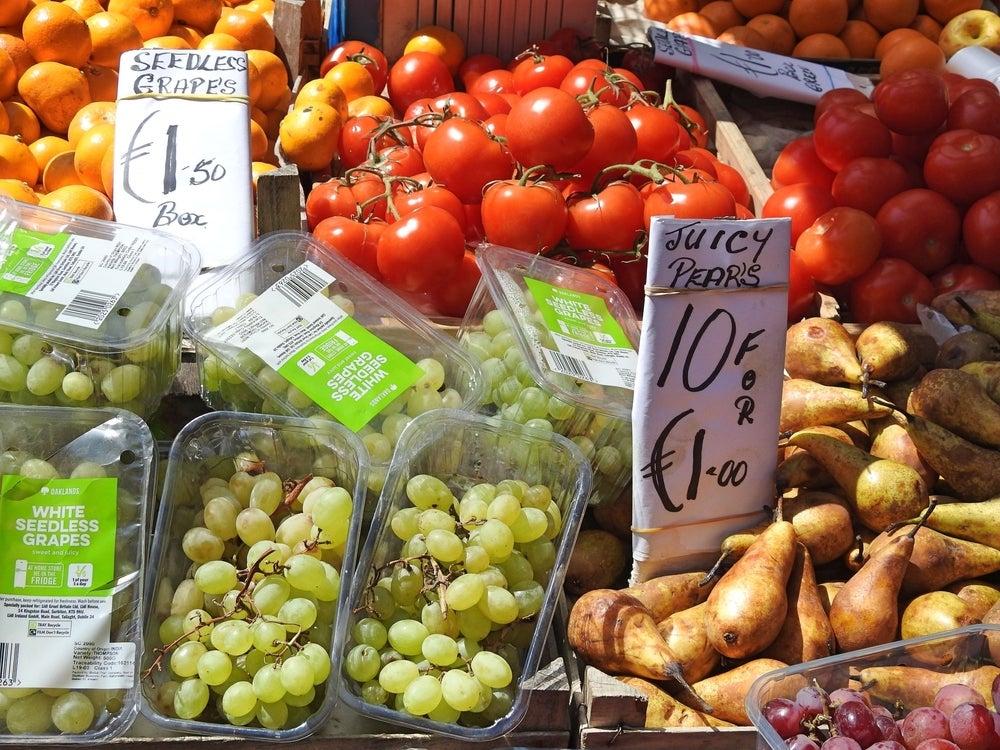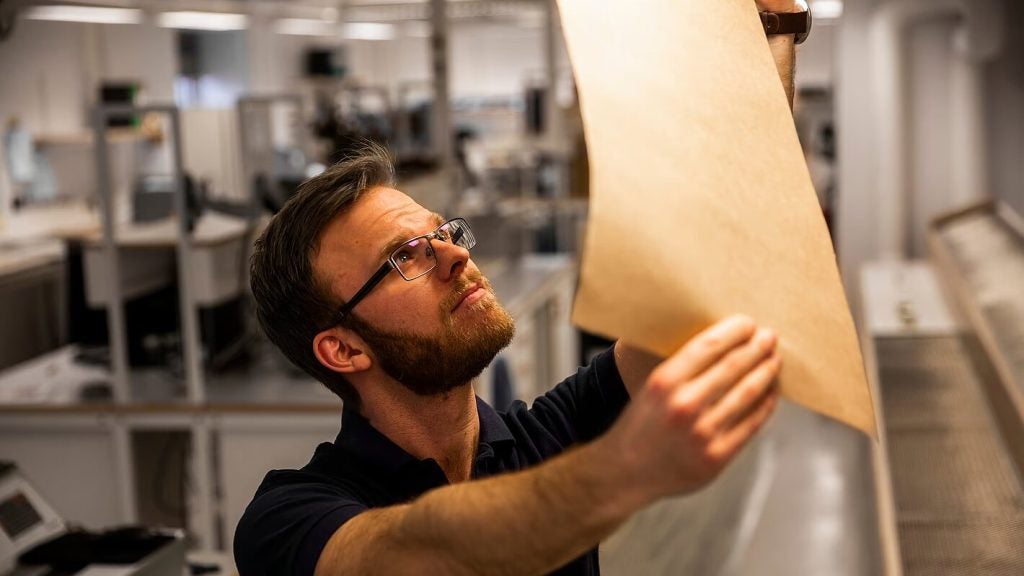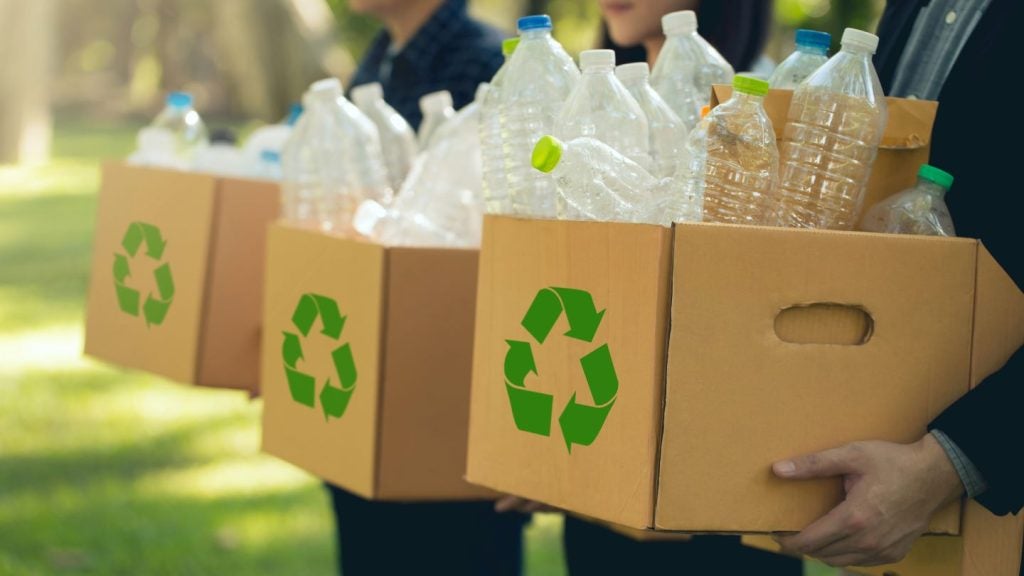
Researchers of Swiss research institute Empa have innovated a sustainable solution by transforming brewery waste into biodegradable packaging materials.
The team from the Cellulose and Wood Materials laboratory at Empa, led by Gustav Nyström, has extracted high-quality nanocellulose from brewer’s spent grain, a byproduct of beer production, to create an eco-friendly aerogel.
The process begins with the mash, a mixture of malt and water, which after several hours of heating, results in wort and eventually beer.
The leftover malt, known as brewer’s spent grain, typically becomes animal feed or compost. However, Empa’s research offers a more valuable use for this residue.
The aerogel, created by freeze-drying nanocellulose fibres extracted from the spent grain, is lightweight and thermally insulating.
In addition to being extracted from renewable resources, nanocellulose-based aerogels are biodegradable.
How well do you really know your competitors?
Access the most comprehensive Company Profiles on the market, powered by GlobalData. Save hours of research. Gain competitive edge.

Thank you!
Your download email will arrive shortly
Not ready to buy yet? Download a free sample
We are confident about the unique quality of our Company Profiles. However, we want you to make the most beneficial decision for your business, so we offer a free sample that you can download by submitting the below form
By GlobalDataThe material is intended for use in packaging, particularly for temperature-sensitive foods such as meat.
The research has been published in the journal ACS Sustainable Chemistry & Engineering.
Nadia Ahmadi Heidari, a doctoral student at Isfahan Technical University and the paper’s first author, joined Empa through a Swiss Government Excellence Scholarship programme with a focus on creating biodegradable packaging from waste.
Traditionally, micro and nanofibrillated cellulose products are derived from wood pulp, but Empa’s team argues that wood is more beneficial for long-term carbon dioxide (CO₂) binding applications.
Nyström said: “We are very interested in exploring new sources of valuable raw materials such as cellulose fibres and lignin.
“Wood is very good at binding CO₂ from the atmosphere, but it grows slowly. Therefore, it is much better suited for long-lasting applications like construction or furniture.”







